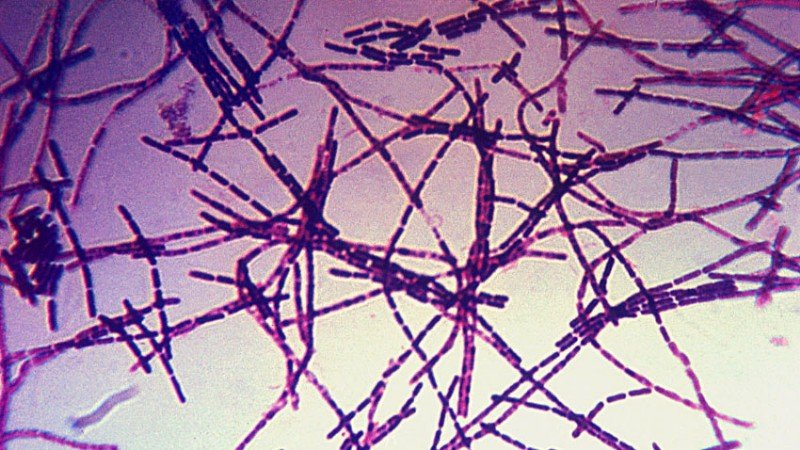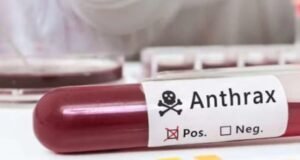
The Department of Livestock Services (DLS) has launched urgent and coordinated operations across several districts to contain a recent outbreak of anthrax among cattle, which poses a zoonotic risk to humans.
In a statement issued on Saturday, the DLS said it has intensified vaccination drives, awareness campaigns, and field monitoring in collaboration with local administrations to curb the spread of the bacterial disease.
Local livestock offices are conducting door-to-door vaccinations, animal health checkups, courtyard and street meetings, leaflet distribution, and loudspeaker announcements to alert farmers and the public.
Advertisements have also been published in national newspapers to raise awareness about anthrax prevention and control.
Under the “One Health” initiative, the DLS is working with the Directorate General of Health Services (DGHS) to educate communities on proper livestock handling. Farmers are being advised not to slaughter or dispose of sick animals in open spaces, but instead to bury carcasses properly and seek veterinary assistance in case of illness.
The Rangpur and Gaibandha districts have been identified as the most affected areas, prompting the rollout of a special vaccination programme. The Livestock Research Institute (LRI) is set to supply 3 million anthrax vaccine doses to the Rangpur division—of which 2 million will go to Rangpur and Gaibandha.
In Rangpur, 167,000 cattle have already been vaccinated across nine upazilas. The district has also deployed 36 medical teams to inspect slaughterhouses and 32 more teams for vaccination drives in Mithapukur, Pirgachha, and Kaunia upazilas.
Meanwhile, in Gaibandha’s Sundarganj upazila, 26,400 cattle have been vaccinated, and field teams have carried out miking campaigns, leaflet distribution, and community meetings. A mobile court fined violators Tk 15,000, and five veterinary teams were formed for rapid response.
Preliminary laboratory tests showed 10 out of 11 meat samples from the affected areas tested positive for anthrax, though all blood samples were negative.
The DLS has formed a high-level investigation committee to trace the source of infection and assess the situation on the ground. The committee will visit affected districts and submit its findings to the ministry.
Officials expressed confidence that, through joint efforts involving the Ministry of Fisheries and Livestock, local administrations, health agencies, and community participation, the outbreak can be contained effectively.
 Weekly Bangla Mirror | Bangla Mirror, Bangladeshi news in UK, bangla mirror news
Weekly Bangla Mirror | Bangla Mirror, Bangladeshi news in UK, bangla mirror news







